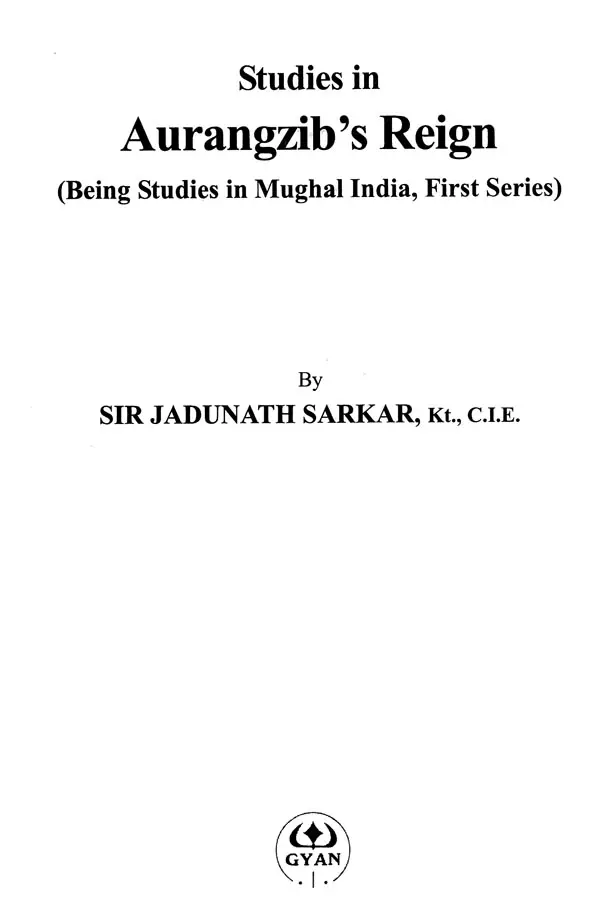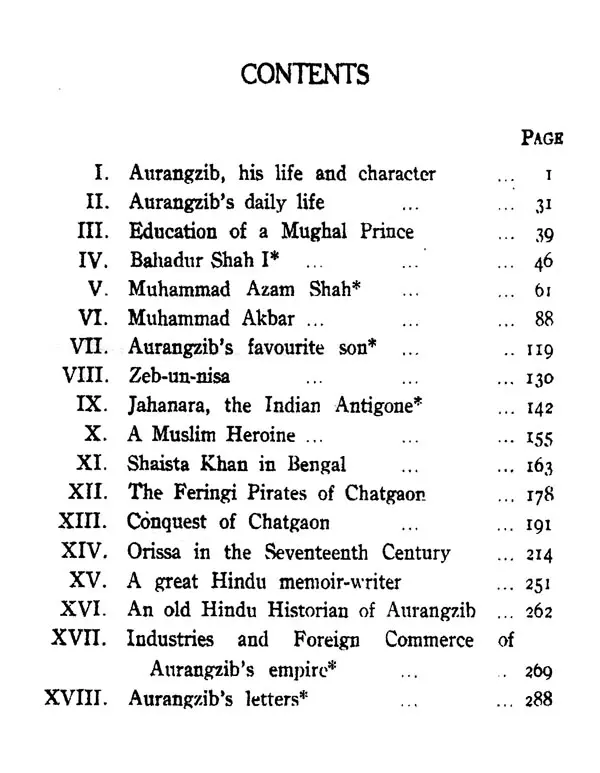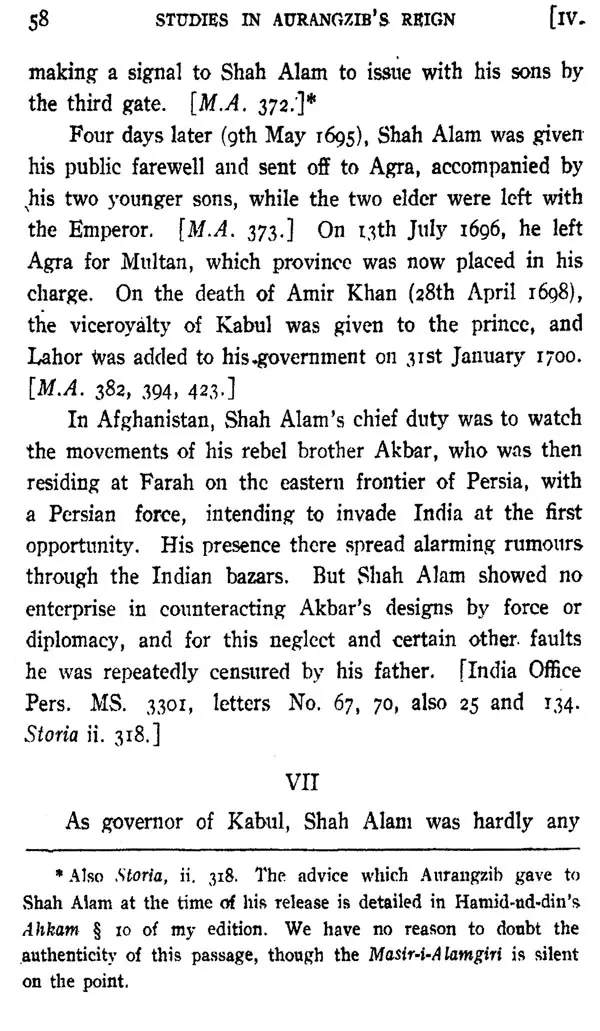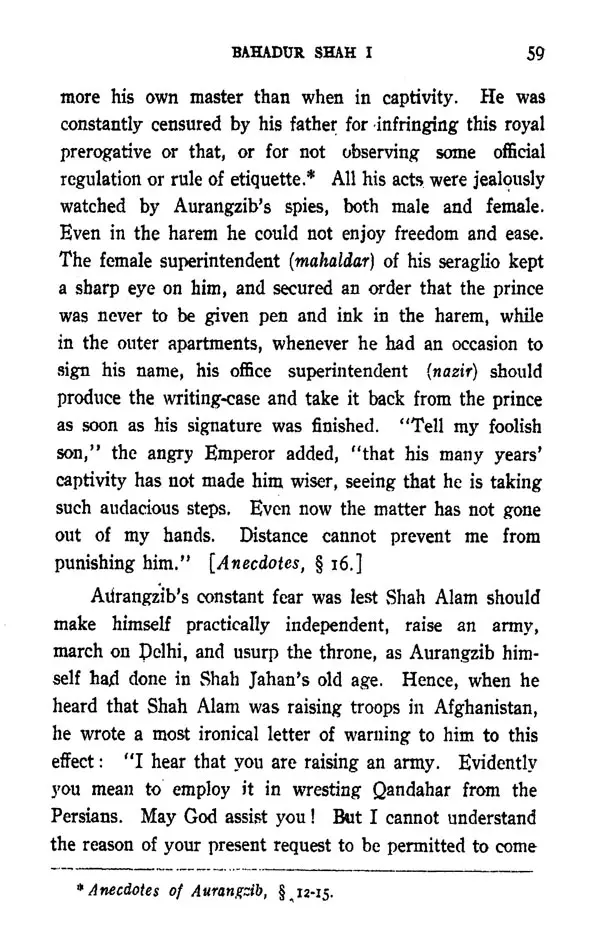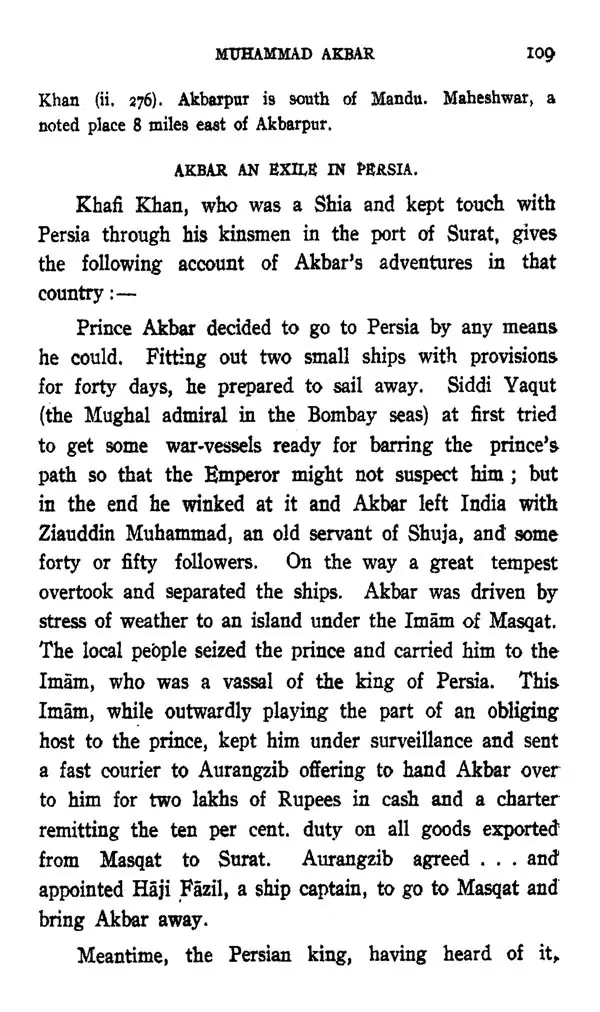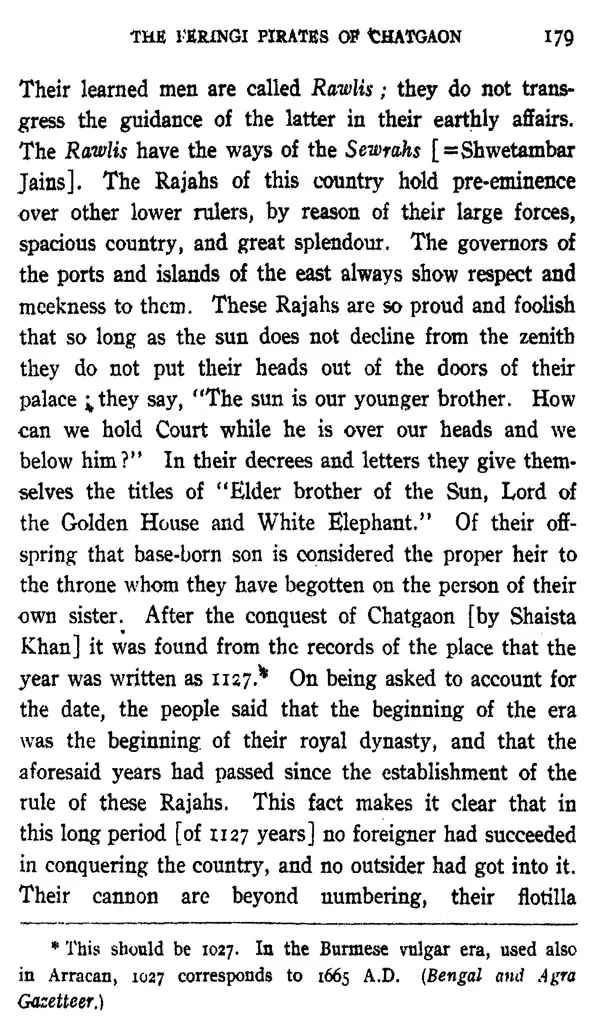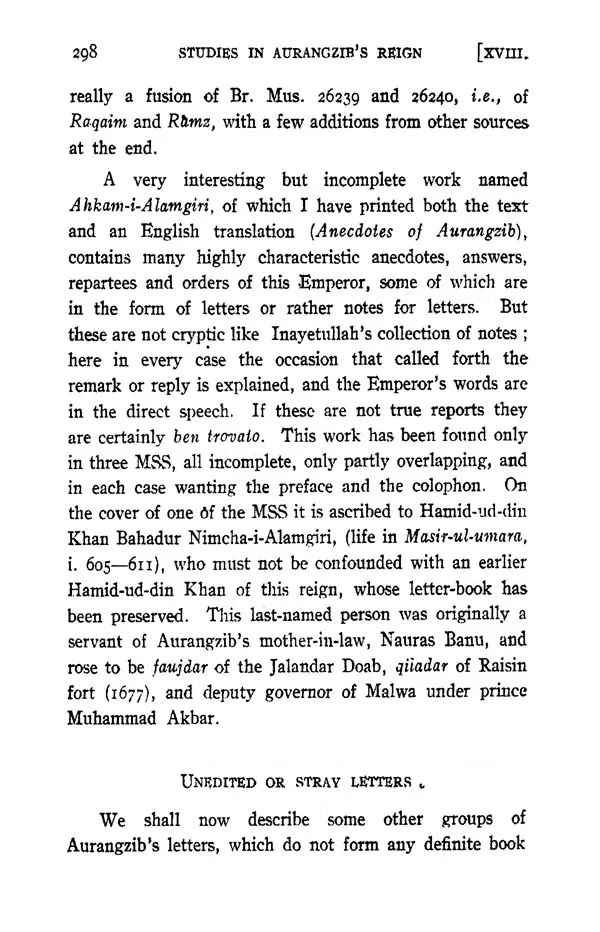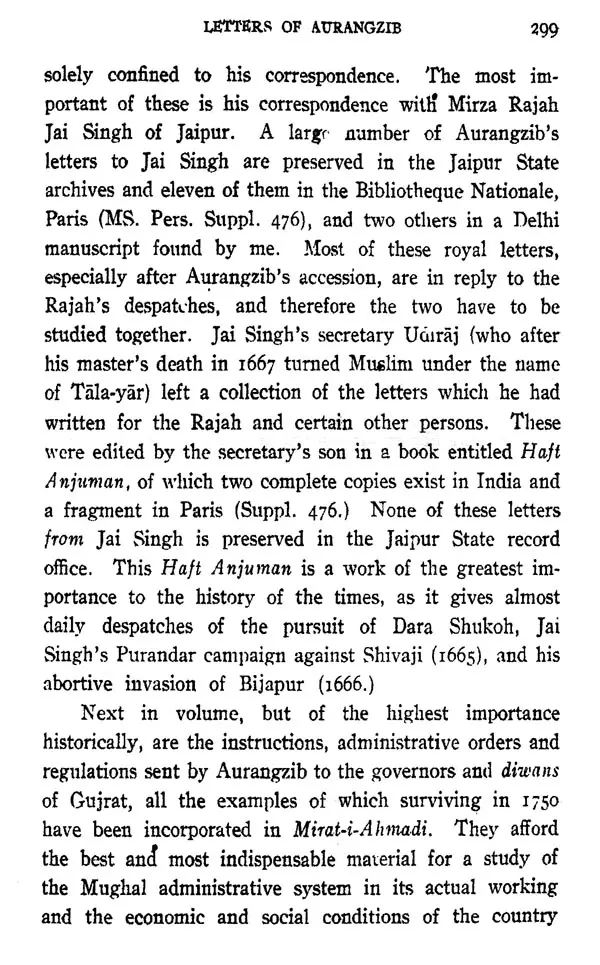About the Book All the rival of Aurangzib removed from his path and he became the undisputed Soverign of India. The new monarch now enjoyed a long period of comparative peace. To crown all, the able and astute general Jai Singh tamed Shivaji, the daring and hitherto invincible Maratha chief, annexed two-third of his forts and induced him to do homage to the emperor by a visit to Agra. Aurangzib's lack of Statesmanship in dealing with Shivaji and the later's romantic escape from prison. On 1st April, 1685 the seiege of Bijapur was begun After defeating all. The Mughal Empire had become too large to be ruled by one man or from one centre.
About the Author Sir Jadunath Sarkar CIE FRAS (1870-1958) was a prominent Indian historian and a specialist on the Mughal dynasty. He graduated in English from Presidency College, Calcutta. In 1892, he topped the Master of Arts examination, in English at Calcutta University and in 1897, he received the Premchand-Roychand Scholarship. Sarkar's works faded out of public memory, with the increasing advent of Marxist and postcolonial schools of historiography. Academically, Jos J. L. Gommans compares Sarkar's work with those of the Aligarh historians, noting that while the historians from the Aligarh worked mainly on the mansabdari system and gunpowder technology in the Mughal Empire, Jaudunath Sarkar was best remembered for his historical works, including: A History of Jaipur, Military History of India, A History of Aurangzib (in 5 volumes), Studies in Mughal India, and Mughal Administration.
Book's Contents and Sample Pages
